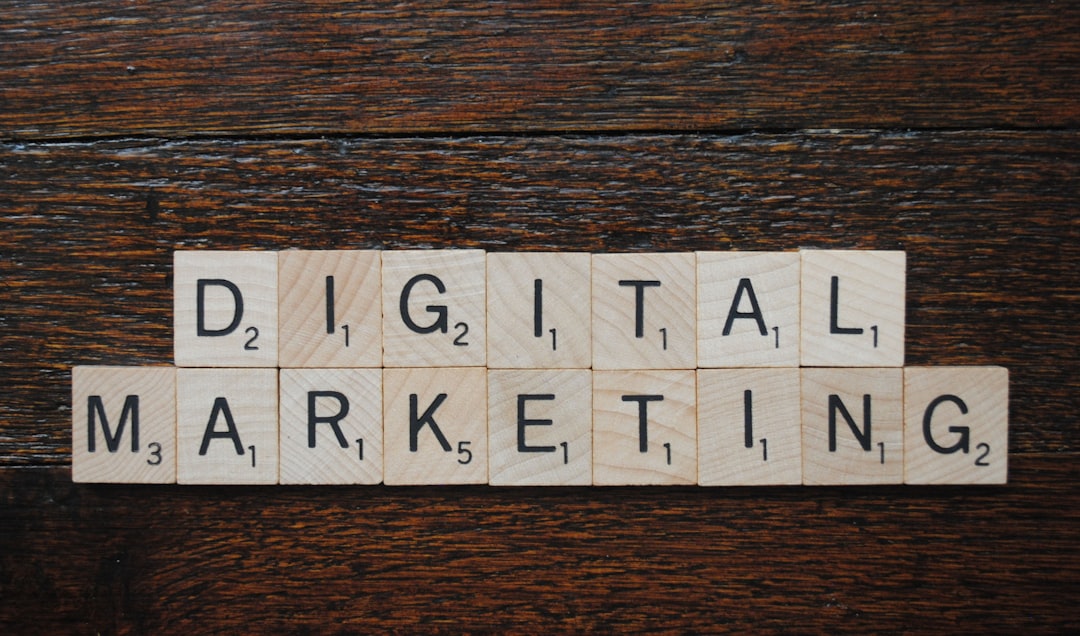In today’s fast-paced, digitally connected world, businesses are confronted with a variety of marketing strategies. Among the most discussed are Digital Marketing, Performance Marketing, and Growth Marketing. Each of these strategic approaches offers unique benefits and serves different goals, but understanding the distinctions and applications can help organizations choose the best fit for their objectives.
Table of Contents
Understanding Digital Marketing
Digital Marketing is a comprehensive term that encompasses all marketing efforts using digital channels. This includes websites, social media platforms, email, search engines, mobile apps, and more. Its core goal is to promote brands, engage audiences, and drive traffic over digital mediums.
- Broader Approach: Digital marketing includes both organic and paid strategies. SEO, content marketing, and social media management are all part of this umbrella.
- Brand Awareness: One of its key strengths is building long-term brand value and recognition.
- Tools and Channels: A wide range of tools such as Google Analytics, Facebook Ads Manager, and email automation platforms are utilized.
Digital marketing is ideal for companies seeking to establish a strong online presence and communicate consistently with their audience.

Decoding Performance Marketing
Performance Marketing is a subset of digital marketing that focuses on results-driven tactics. Under this model, advertisers only pay when specific actions—such as clicks, leads, or sales—are achieved.
- Measurable Results: Every campaign is directly tied to a quantifiable outcome.
- Cost Efficiency: Since payments are action-based, it’s easier to track ROI and optimize spend.
- Popular Channels: This strategy heavily relies on tools like pay-per-click (PPC) advertising, affiliate marketing, and retargeting campaigns.
Performance marketing is especially effective for eCommerce brands and businesses interested in scaling fast and efficiently. However, it may not be optimal for building long-term customer relationships or branding campaigns.
Exploring Growth Marketing
Growth Marketing is a more holistic and experimental approach. It blends traditional and digital marketing strategies with data and user feedback to test scalable, repeatable growth tactics.
- Data-Driven Experiments: A/B testing, cohort analysis, and user journey mapping are common tools used.
- Full-Funnel Focus: Unlike performance marketing, growth marketing emphasizes every stage of the customer journey—from acquisition to retention.
- Long-Term Strategy: The goal is to build sustainable growth through constant adaptation and learning.

Growth marketers rapidly experiment across channels, content, and creative formats to find out what works best for a specific audience. Businesses with evolving products or entering new markets often benefit the most from this approach.
Choosing the Right Strategy
So, how should your organization choose among these strategies? The answer lies in your business objectives, lifecycle stage, and available resources.
1. Consider Your Goals
– If your goal is to establish an online presence and improve brand recognition, digital marketing offers a wide net to engage diverse audiences.
– If you need immediate and measurable returns on your marketing spend, performance marketing might be a better fit.
– For businesses aiming for long-term user retention and scalable growth, growth marketing should be your choice.
2. Think About Resources
– Digital marketing often requires ongoing content creation and social media management resources.
– Performance marketing needs budget allocation toward experimentation and paid channels.
– Growth marketing demands both analytical capabilities and creative experimentation, making it resource-intensive.
3. Evaluate Customer Journey Impact
Each strategy impacts different parts of the marketing funnel. Performance marketing leans heavily toward the bottom (conversion), digital marketing generally covers mid-to-top funnel areas, and growth marketing spans end to end.
Conclusion
Ultimately, none of these strategies are mutually exclusive. Many successful companies combine elements from all three to create a hybrid strategy that aligns with their specific needs. The key is to first understand what each approach offers and how it fits into your organizational goals.
By being clear about your goals, allocating the right resources, and staying adaptable, you can harness the most effective marketing strategy—or combination thereof—to drive your business forward in the digital age.




